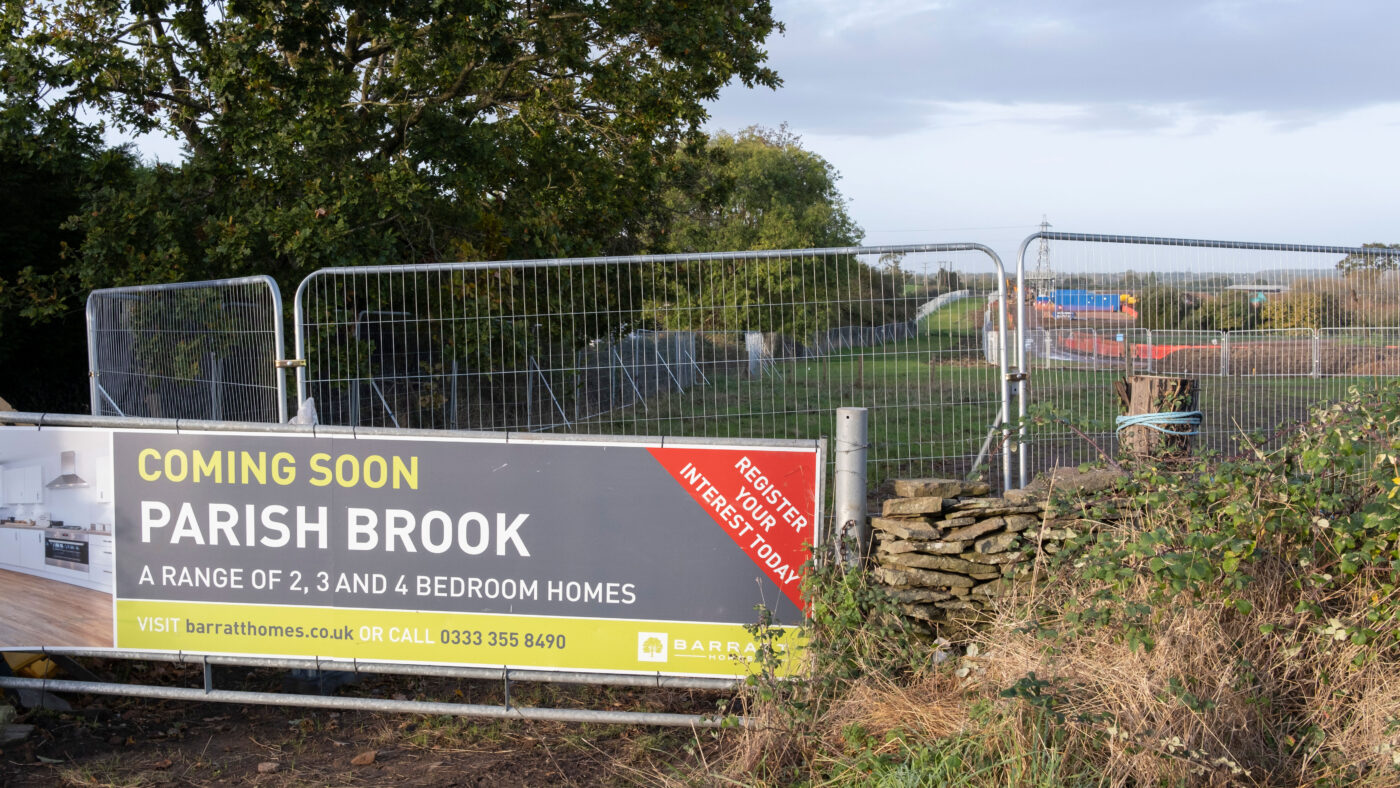‘Buy land, they’re not making it anymore’. Mark Twain may have been a great author, but he’d have made a lousy financial adviser.
There are two problems with Twain’s advice. First, ‘they’re not making it anymore’ isn’t exactly insider information. To use the market lingo, it is priced in. Second, land isn’t all that scarce. One acre of British agricultural land will set you back around £7,000, according to Savills. And that value fluctuates – a lot.
What really is scarce is land with planning permission attached. That £7,000 acre of land can be worth more than a hundred times more if a council earmarks it for development in their local plan. This massive uplift in land values is known as ‘planning gain’ and figuring out ways to capture it is seen by many as key to fixing Britain’s anti-development politics.
Shadow Communities Secretary Lisa Nandy appears to be one of them. The Financial Times reports that Labour are ‘drawing up plans that would force landowners to sell plots for a fraction of their potential market price in an effort to cut home-building costs in England’.
The party’s heart is in the right place. Rachel Reeves rightly identifies the planning system as ‘a dead hand on the tiller of Britain’s ambition’ and Labour’s call to reinstate binding housing targets, all but dropped by the Government, is the right one. Keir Starmer deserves praise too for pointing out that not all bits of Green Belt land are beautiful, or even green.
The crucial question, however, is whether Nandy’s plan to force the sale of land would actually get homes built where they are most needed.
Under the status quo, if a council wants to use its compulsory purchase powers to buy a plot of farmland, they must pay what is known as ‘hope value’. This figure encompasses not just the value of a bit of farmland being used for farming, but also the fact that the owner may, at some point, get permission to build on it.
Labour wants to get rid of the ‘hope value’ part and allow councils to acquire land at ‘existing use value’ only.
There is some precedent for this. In the 40s and 50s, new towns were built by development corporations that were able to buy swathes of land at their agricultural value. Basildon, Stevenage, and Slough all owe their existence to this system.
But, I foresee some problems.
First, the legal challenges.
A few years ago, Cherie Blair of all people took the Government to court on human rights grounds when they removed mortgage tax relief for landlords. She was ultimately unsuccessful, but the fact such a challenge was considered plausible should act as a warning.
Landowners who don’t want to sell their land at a knockdown price will fight this every step of the way in the courts. And for good reason, given that one of the main reasons that ‘hope value’ was introduced was in response to a genuine miscarriage of justice.
Edward Pilgrim, a toolmaker from Romford, had three fields near his house compulsorily purchased at their agricultural value – a price which meant he was unable to repay the mortgage he took out to purchase them. Facing the prospect of bankruptcy, in 1954 he committed suicide.
Today’s landowners have considerably more resources than poor Pilgrim, and will not simply allow local authorities to ride roughshod over their property rights. It could well mean years of legal wrangling before development corporations can even acquire land, let alone develop it.
And even when the legal issues are resolved, any proposal will still have to overcome the politics of development. New Towns were not killed by high land purchase costs. The reality is they faced real political opposition.
In a recent piece for Works In Progress, Sam Watling describes the time a Conservative minister visited Stevenage.
When the then housing minister Lewis Silkin visited the existing residents of the proposed New Town site of Stevenage, he was chased out of a public meeting to cries of ‘dictator’ – only to find that local boys had deflated his tyres and put sand in his petrol tank.
When Harold Wilson planned a second wave of New Towns, they were not only built further from politically sensitive locations, but also further away from good jobs. Wages in these newer new towns are typically £100-200 less per week than the original wave.
And it’s not as if councils are starved of land for development as is. Take Islington Council, which owns nearly a third of the land in one of Britain’s most desirable boroughs. If they choose to develop even a small fraction of it as market rate housing, they could generate billions. Yet Islington barely builds. Cheaper CPOs might make it easier to acquire land, but they provide no guarantee that the land will then be put to good use.
Capturing the massive uplift that developers get when they persuade councils to give them permission to develop is a sound idea in principle. But there’s an easier way to do it and it just so happens to be making its way through Parliament already.
Community Land Auctions let councils invite landowners to submit offers of land for development at competitive prices. In many areas, there are many landowners who can make those offers, so it will be competitive. (In some, of course, there are not.) Councils then pick the best offers and auction it off, with planning permission attached to developers. Just like under Labour’s proposal, councils capture the massive windfall that comes from granting permission to develop. Unlike Labour’s proposal, it won’t come with years of legal challenges.
Click here to subscribe to our daily briefing – the best pieces from CapX and across the web.
CapX depends on the generosity of its readers. If you value what we do, please consider making a donation.


